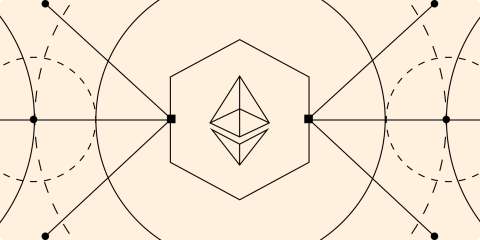Research Summary
The report provides a comprehensive analysis of the long-term implications of negative interest rates (NIR) implemented by major central banks. It explores the effects of NIR on investment decisions, welfare, bank profitability, and output. The report also discusses the distortions created by NIR and their negative long-term welfare effects. It further examines the impact of NIR on aggregate output and the real value of reserves in steady state.
Key Takeaways
Effects of Negative Interest Rates
- Distortion of Investment Decisions: NIR distorts investment decisions, leading to overinvestment in small-scale projects and underinvestment in large-scale projects. This distortion is due to the inability of banks to fully pass on the NIR to depositors.
- Reduction in Welfare and Output: NIR lowers welfare and depresses output in the long run. This is regardless of the availability of zero-interest cash to households.
- Impact on Bank Profitability: NIR reduces bank profitability in the long run. However, exemptions from NIR can improve bank profitability and address concerns about reducing banks’ financial health.
- Transmission of NIR: The type of distortion depends on the transmission of NIR to retail deposit rates. Empirical evidence suggests imperfect transmission of NIR to retail deposit rates, with retail deposits largely insulated from NIR.
- Asymmetric Effects of Interest Rates: The report shows that negative and positive interest rates have asymmetric effects on the economy, with overinvestment distortion only occurring under NIR.
Modeling and Analysis of NIR
- Dynamic General Equilibrium Model: The report develops a dynamic general equilibrium model to study the long-run effects of NIR on investment decisions, welfare, bank profitability, and output.
- Settlement Market and Investment-Money Market: The report analyzes the structure and dynamics of the settlement market and the investment-money market in a market economy.
- Value Functions for Bankers: The report discusses the characterization of value functions for bankers in the settlement market and the investment-money market.
- Equilibrium in Decentralized Economy: Equilibrium in the decentralized economy is defined, considering markets clearing and agents maximizing profits and utility.
- Steady-State Policies: The report focuses on steady-state policies and steady-state growth rates of nominal prices and bond supply.
Empirical Evidence and Comparisons
- Comparison with Other Studies: The report compares its results with other studies and finds that NIR can have positive effects on welfare and aggregate output in the short run, but can be counterproductive over a long time horizon.
- Empirical Evidence: Empirical evidence suggests that the transmission of money market rates to retail deposit rates is different in NIR periods compared to positive interest rate periods.
- Experiences of Central Banks: The report discusses the experiences of central banks such as the Bank of Japan, Danmarks Nationalbank, European Central Bank, Swedish Riksbank, and Swiss National Bank in implementing NIR.
- Research Papers and Publications: The report includes various research papers and publications on the topic of negative interest rates and their impact on bank performance and monetary policy.
Actionable Insights
- Consideration of Exemptions: Central banks implementing NIR should consider exemptions to mitigate concerns about reducing banks’ financial health.
- Understanding of Transmission Mechanisms: Policymakers should gain a deeper understanding of the transmission mechanisms of NIR to retail deposit rates to better manage potential distortions.
- Investigate the Potential of Perfect Competition: Further research should be conducted into the potential of perfect competition for deposits to mitigate overinvestment distortion under NIR.












